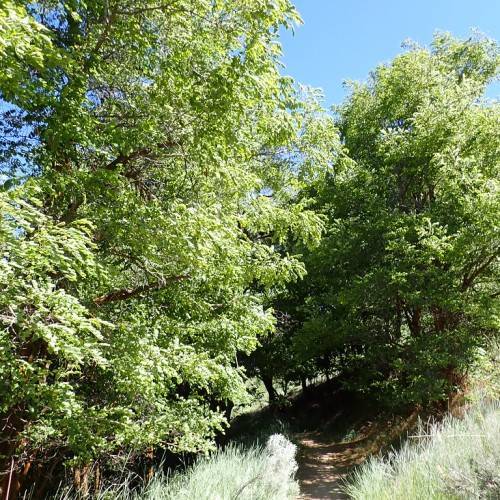
black locust
Robinia pseudoacacia 'Umbraculifera'
Cycle:
Perennial
Watering:
Minimum
Hardiness Zone:
3 - 8
Flowers:
Flowers In Spring
Sun:
Full sun
Soil:
Rocky , gravelly , dry, Well-drained
Fruits:
Fruits In Autumn Ready In
Edible:
Yes
Leaf:
Yes
Growth Rate:
Moderate
Maintenance:
Moderate
Poisonous To Humans:
Yes
Poisonous To Pets:
Yes
Drought Tolerant:
Yes
Salt Tolerant:
Yes
Thorny:
Yes
Invasive:
Yes
Care Level:
Medium
watering
Black locusts need to be watered regularly. During the first growing season, allow the soil to dry out between waterings, and then water generously until the water runs off the pot. Once established, water deeply once a week unless conditions are unusually hot and dry or very windy. As temperatures warm and days become longer, water more frequently. During extremely hot and dry periods, water twice a week. Over-watering can be a problem with black locusts, so be sure to let the top inch of soil dry out before watering again.
sunlight
Black locust (Robinia pseudoacacia 'Umbraculifera') grows best in full sun, meaning it needs at least 6 hours of direct sunlight daily. It can tolerate partial shade, but will not develop as large of foliage or as robust of a canopy. Keep in mind that the more light your black locust gets, the faster and larger it will grow. The best time of the day to give your tree the optimal amount of light is between 10am and 2pm, when the sun is typically at its brightest.
pruning
Black locust (Robinia pseudoacacia 'Umbraculifera') should generally be pruned in the winter, when the tree is dormant. In general, young trees should be pruned to improve their shape, reduce their size or thin out branches in a way that ensures even growth of the tree. If pruning is done too severely or too often, it can damage the tree's health and have a negative effect on its growth. For established trees, it is recommended to prune only when branches are crossed, damaged, dead or otherwise unhealthy. Pruning should also be used to thin out the crown of the tree and reduce height and width. Whenever possible, only dead or diseased wood should be removed. When pruning branches, it is important to not cut too close to the trunk, as this can lead to an infection. As a general rule of thumb, no more than 1-third of the tree's total branches should be pruned each year.
